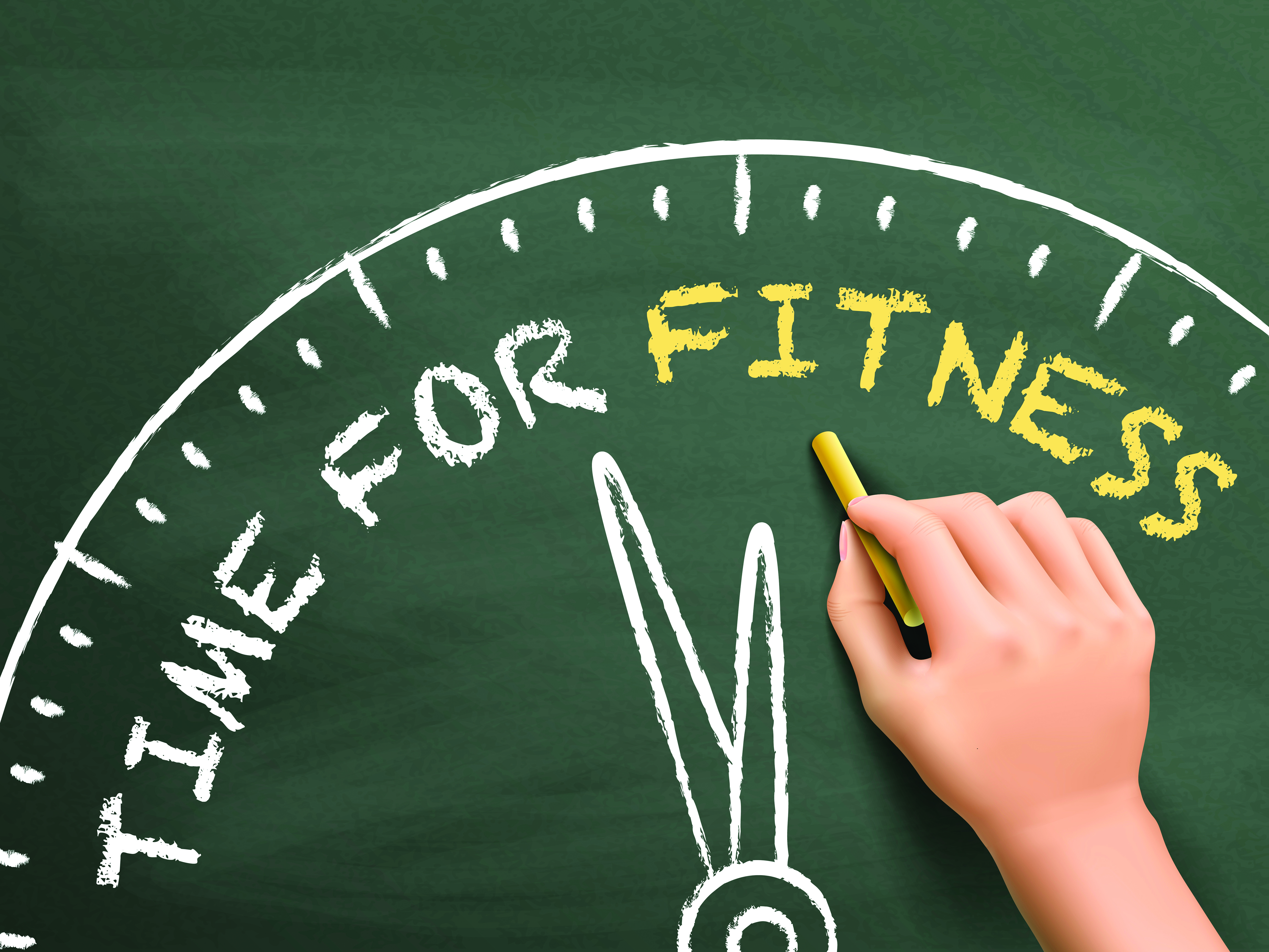The past few months have not been easy on any of us, let alone our bodies. Whether it shows up as stress in the shoulders, back pain, or general mental fatigue, the body often starts to show physical signs of mentally and emotionally challenging circumstances. Although exercise may not be the first thing that comes to mind when you look for respite, there is substantial research showing that physical activity can do wonders for relieving stress.
According to the American Psychology Association, “It may seem counterintuitive that exercise, a form of physical stress, can help the body manage general stress levels. But the right kind of stress can actually make the body more resilient. Research shows that while exercise initially spikes the stress response in the body, people experience lower levels of stress hormones like cortisol and epinephrine after bouts of physical activity.” 1
They also found that physical exercise can help with mental health, such as anxiety, stress and panic attacks: “When you engage in strenuous physical activity, you’re essentially mimicking the responses that can come with anxiety, allowing you to learn how to manage these responses and not be overwhelmed by them in other situations.”
Training our brains to manage stress and not feel overwhelmed sounds great! But chances are, most of us have not had access to all of the usual outlets for physical activity over the last few months. So how do you start a routine for the first time, or the first time in a long time?
We talked to Cliff Manion, Senior Healthy Living Director at the Kraft Family YMCA, who gave five health and wellness tips for stress relief:
Prioritize time for you.
Find whatever it is that gets you moving and allows time to focus on yourself. This doesn’t mean you have to hit the gym, though! As long as you move your body and allow your mind to relax, you will experience the wonderful stress relieving benefits physical activity can offer. Some things you can try at home are:
Walking or running
Lower body exercises (squats & lunges)
Upper body exercises (pushups, dips, and pull-ups)
Total body (burpees, jumping jacks, squat jumps, mountain climbers)
Yoga
Dance workouts
Tennis or pickle ball
Roller skating
Swimming
Meditation
At the Y, many of our members utilized our Virtual Y workouts during quarantine to stay active even though our facilities were closed. We also offer outdoor fitness options for those who want to exercise with friends while maintaining a safe social distance. There are lots of options out there, with YouTube offering everything from five-minute desk stretches to hour-long cardio dance workouts. Find what you enjoy and carve out time to make it a priority!
Start small.
Whether it is the time commitment or the effort you are putting into a workout, start out small and build. Rome wasn’t built in a day and neither should your wellness plan!
The Department of Health and Human Services Physical Activity Guidelines for Americans recommends 2.5 hours of moderate aerobic activity per week, or 75 minutes of more vigorous activity.2 Keep in mind though, you don’t have to start there! Doing a little bit is better than not doing anything at all.
Perhaps start with moving for a few minutes, a few times per week, and then work your way up to getting more rigorous daily physical activity. Or maybe start with gentle yoga before working your way up to a 5K training plan. Starting small and achieving results will have a snowball effect on the momentum of your health and wellness.
Make goals that you can reach.
This way you find success quickly and are motivated to keep going! Many of our fitness coaches use SMART goals with our clients for wellness goal setting:
Specific – what exactly are you aiming to accomplish? Identify a clear outcome. Being vague will make your goal seem more difficult to achieve.
Measurable – how will you know you succeeded? Use metrics or targets like how many minutes per day or days per week you’re going to shoot for.
Achievable – is this something that is realistically attainable for you right now? Start small and then build!
Relevant – why are you doing this? Pick goals that are going to help improve things that matter to you. For example, if you want to increase flexibility, setting a goal to bench press 500 pounds might not be the best first step.
Time-bound – when are you going to accomplish your goal? Everyone needs a target to aim for. It could be a daily, weekly or monthly timeframe, depending on your goal.
Ask questions.
If you are just beginning your wellness journey or returning after a long time off, don’t be afraid to ask questions and try something new.
Now that gyms are open again, it can be tempting to want to go in and pick up where you left off or try to make up for lost time. Give yourself some grace! Ease back into it. Consider finding a workout buddy or maybe even investing in some personal training to help you set a healthy pace.
If you are just beginning your wellness journey, introduce yourself to the class instructor or ask questions of friends you have who are physically active. Chances are, they will have learned some things along the way that they can share, and will feel honored that you thought to ask them.
Mix it up!
Routines are great, but don’t be afraid to step outside of your comfort zone and try new things. You’re much more likely to stick with a wellness routine if you enjoy doing it. Perhaps try something fun like cardio dance or a high-energy spin class! You might just find that one thing that keeps you coming back for more. If you prefer walking, consider checking out a different neighborhood or park to walk in, or find a friend and walk the track at the Y. Just being in new surroundings can spice up your exercise routine and release those happy endorphins mentioned before.
So what’s one small goal you can set this week to get moving? Remember, a little bit goes a long way with physical exercise. According to the Mayo Clinic, physical activity can reduce the negative effects of stress by strengthening your cardiovascular, digestive and immune systems, which prevents illness and promotes overall health—just from getting up and moving around!3
A 10-minute walk to reduce stress, release endorphins, reduce risk for disease and smell the fresh air sounds like a worthwhile investment! So grab a friend and get moving—your brain and your body will thank you.
1Dishman, R., PhD, Sothmann, M., PhD, Van Praag, H., PhD, Molitor, N., PhD, Ducharme, E., PhD, & Hackney, A. C., PhD. (n.d.). Working out boosts brain health. Retrieved March 4, 2020, from https://www.apa.org/topics/exercise-stress
2Secretary, H., & President’s Council on Sports, F. (2019, February 01). Physical Activity Guidelines for Americans. Retrieved September 10, 2020, from
https://www.hhs.gov/fitness/be-active/physical-activity-guidelines-for-americans/index.html
3Exercise and stress: Get moving to manage stress. (2020, August 18). Retrieved September 10, 2020, from https://www.mayoclinic.org/healthy-lifestyle/stress-management/in-depth/exercise-and-stress/art-20044469








